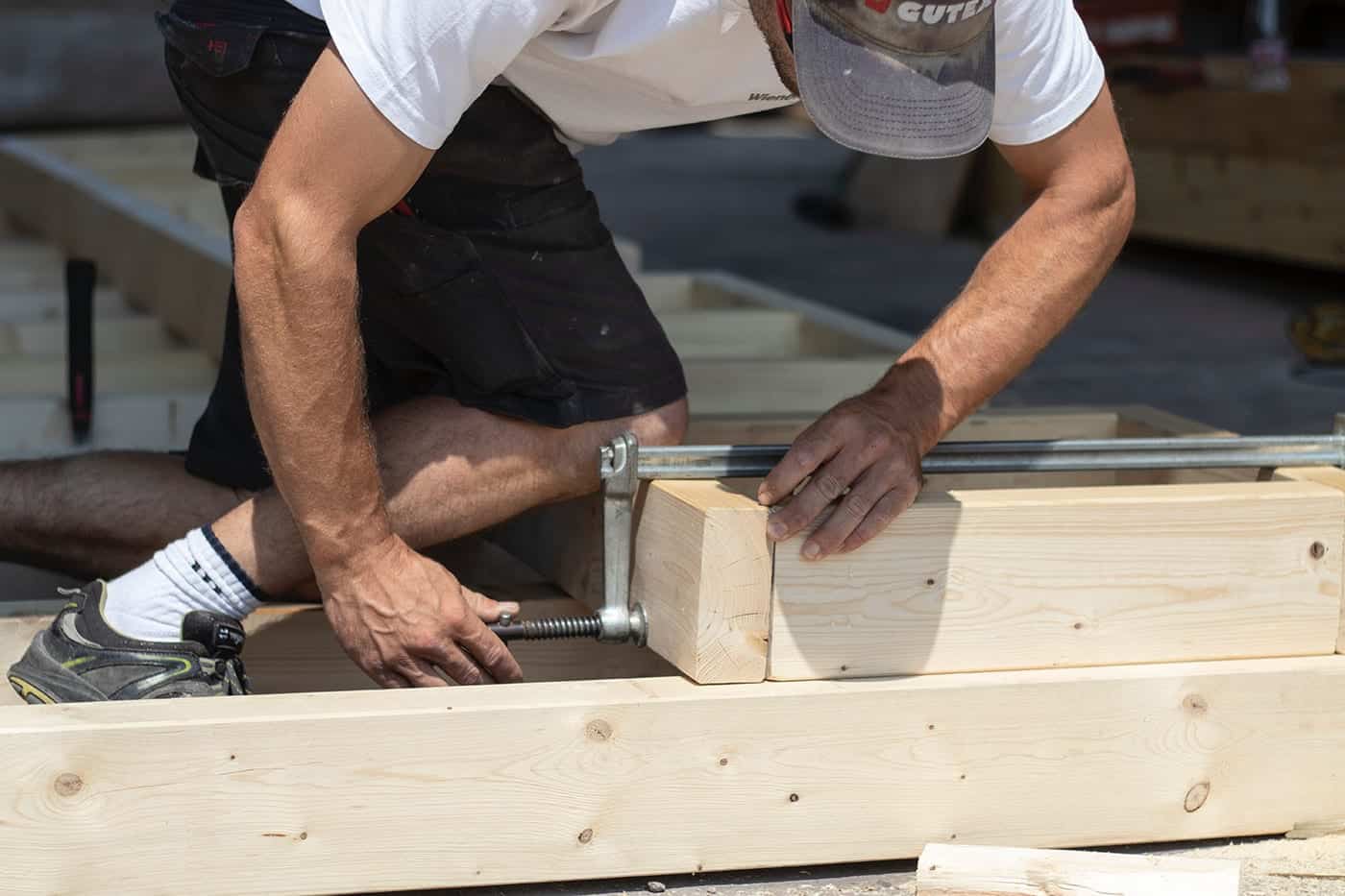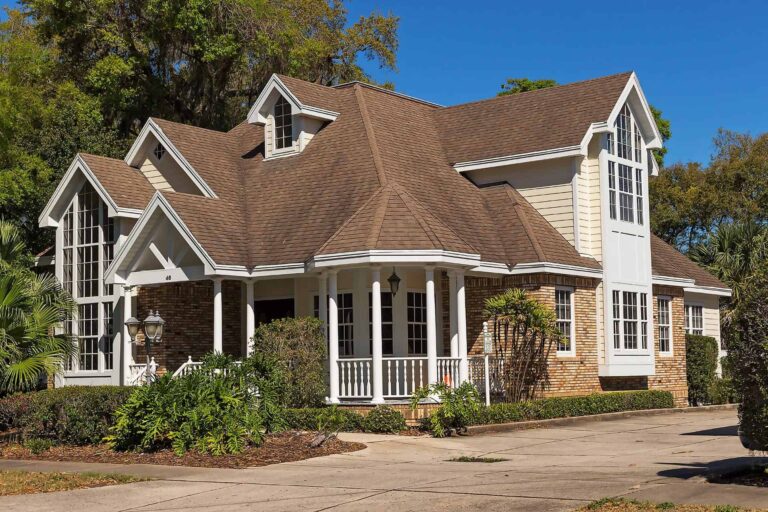Why 95% of Homes Aren’t Ready for Aging in Place (And How to Fix Yours)
Here’s a shocking fact: Less than 5% of homes are truly accessible for seniors and those with disabilities. Yes, you read that right. That beautiful house you love? There’s a 95% chance it’s working against your future independence.
The Hidden Challenges in Your Home
Think your home is ready for your future needs? Let’s look at the most common problems that catch homeowners by surprise:
1. The Bathroom Betrayal
Your bathroom might be beautiful, but is it ready for:
- Middle-of-the-night visits when balance isn’t what it used to be?
- Getting in and out of the tub safely?
- Maneuvering in tight spaces when mobility changes?
2. The Kitchen Catch
Those stylish upper cabinets? They become your enemy when:
- Reaching high becomes difficult
- Balance issues make stretching dangerous
- You need to transport hot items safely
3. The Entry Way Emergency
Your front steps might look welcoming now, but:
- Even a few steps can become a major obstacle
- Poor lighting makes evening returns treacherous
- Narrow doorways don’t accommodate mobility aids
Why This Matters Now
By 2030, America will have 74 million adults over 65. That’s a lot of people living in homes that aren’t ready for their needs. But here’s the good news: you can fix this before it becomes a problem.
The Smart Solution: Start with These High-Impact Changes
In the Bathroom:
- Grab bar installation (stylish options available!)
- Zero-threshold shower conversion
- Better lighting solutions
In the Kitchen:
- Pull-down shelving
- Easy-reach storage solutions
- Better task lighting
At the Entryways:
- Improved lighting
- Gentle slopes instead of steps
- Wider doorways
Why Most People Wait Too Long
“But I’m fine right now!”
We hear this all the time. Then we hear from the same people after:
- A preventable fall
- A rushed modification
- An expensive emergency
The Simple Way to Start
You don’t have to remake your entire home at once. Smart aging in place is about:
- Getting a professional assessment
- Creating a practical timeline
- Making changes gradually
- Protecting your independence
Take Control Now
Remember: 95% of homes aren’t ready, but yours doesn’t have to be one of them.
Don’t wait for an emergency to think about your home’s future. Our certified aging-in-place specialists can help you create a smart plan that protects your independence and your investment.
Sources: U.S. Census Bureau, National Association of Home Builders
Here’s a shocking fact: Less than 5% of homes are truly accessible for seniors and those with disabilities. Yes, you read that right. That beautiful house you love? There’s a 95% chance it’s working against your future independence.
The Hidden Challenges in Your Home
Think your home is ready for your future needs? Let’s look at the most common problems that catch homeowners by surprise:
1. The Bathroom Betrayal
Your bathroom might be beautiful, but is it ready for:
- Middle-of-the-night visits when balance isn’t what it used to be?
- Getting in and out of the tub safely?
- Maneuvering in tight spaces when mobility changes?
2. The Kitchen Catch
Those stylish upper cabinets? They become your enemy when:
- Reaching high becomes difficult
- Balance issues make stretching dangerous
- You need to transport hot items safely
3. The Entry Way Emergency
Your front steps might look welcoming now, but:
- Even a few steps can become a major obstacle
- Poor lighting makes evening returns treacherous
- Narrow doorways don’t accommodate mobility aids
Why This Matters Now
By 2030, America will have 74 million adults over 65. That’s a lot of people living in homes that aren’t ready for their needs. But here’s the good news: you can fix this before it becomes a problem.
The Smart Solution: Start with These High-Impact Changes
In the Bathroom:
- Grab bar installation (stylish options available!)
- Zero-threshold shower conversion
- Better lighting solutions
In the Kitchen:
- Pull-down shelving
- Easy-reach storage solutions
- Better task lighting
At the Entryways:
- Improved lighting
- Gentle slopes instead of steps
- Wider doorways
Why Most People Wait Too Long
“But I’m fine right now!”
We hear this all the time. Then we hear from the same people after:
- A preventable fall
- A rushed modification
- An expensive emergency
The Simple Way to Start
You don’t have to remake your entire home at once. Smart aging in place is about:
- Getting a professional assessment
- Creating a practical timeline
- Making changes gradually
- Protecting your independence
Take Control Now
Remember: 95% of homes aren’t ready, but yours doesn’t have to be one of them.
Don’t wait for an emergency to think about your home’s future. Our certified aging-in-place specialists can help you create a smart plan that protects your independence and your investment.
Sources: U.S. Census Bureau, National Association of Home Builders



